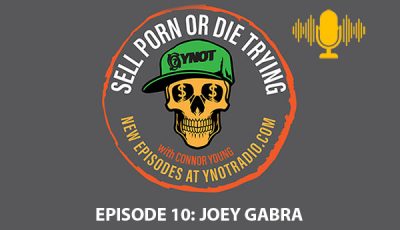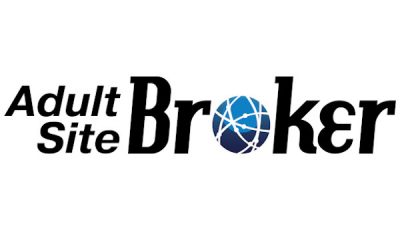Joey Gabra: Content and the Rise of Moderation
 There are so many types of digital content available online for every site, topic and purpose — from videos, how-to guides and memes to lists, podcasts, reviews and newsletters. Depending on the goal, the content changes. In other words, online content becomes what it needs to be for the target result.
There are so many types of digital content available online for every site, topic and purpose — from videos, how-to guides and memes to lists, podcasts, reviews and newsletters. Depending on the goal, the content changes. In other words, online content becomes what it needs to be for the target result.
For the purpose of brevity, let’s classify online content based on four simplified categories: Audio, Video, Image and Text. Though there may be combinations within these categories, these four are the major groups.
The Flood of Content
All things we see online is content. There are sites dedicated to specific types of content, and there are those that cover everything. Just like in major social networking sites, content drives interactions — and the more inclusive a site is for sources of content, the heavier the usage becomes.
There are thousands if not millions of types of company-sponsored content and even more user-generated ones. With the flood of so much content, the problem becomes even more evident – that not all of these uploads are appropriate.
Going online right now can easily prove this point. There are bullying videos, titillating images, hate speeches and pirated audio. All of these can contribute to the failure of any business, product, service or campaign.
The Social Impact of Content
There are a lot of great uses and purposes for content. Tutorials have turned laypeople into capable workers. Reviews have helped inexperienced buyers become well-informed consumers. Random videos have turned bored users into entertained fans. That is the power of content.
But content has also changed people in less savory ways. With everything just one click away, some people have become lazy. The ample amount of inappropriate content has desensitized others, making them indifferent, rude and less accountable for their actions and opinions.
The increasingly sophisticated content has, quite often, produced unsophisticated users.
The Rise of Content Moderation
With the flood of content and the social impact it brings about, content moderation has become an integral part of the digital landscape.
A combination of automated moderation and a moderation workforce can spell success for any business, product, service or campaign. By making sure content is within set parameters, a brand is safe (or, safer) from issues that might possibly cause harm to the overall image of a company.
It’s not enough to have a set of rules posted on a website. Most people do not read these anyway. Automated filtering has been proven to be easily bypassed by adding a space here, a special character there and a foreign language equivalent where it can still deliver the message.
This is where actual moderators trump software: using human judgment to enforce the rules that almost nobody reads. Text in image, pirated content, clever wording, etc. – all of these can be moderated and removed before they do any damage.
Content will continue to grow and businesses need to grow with it. Content moderation is the key to smart growth.












